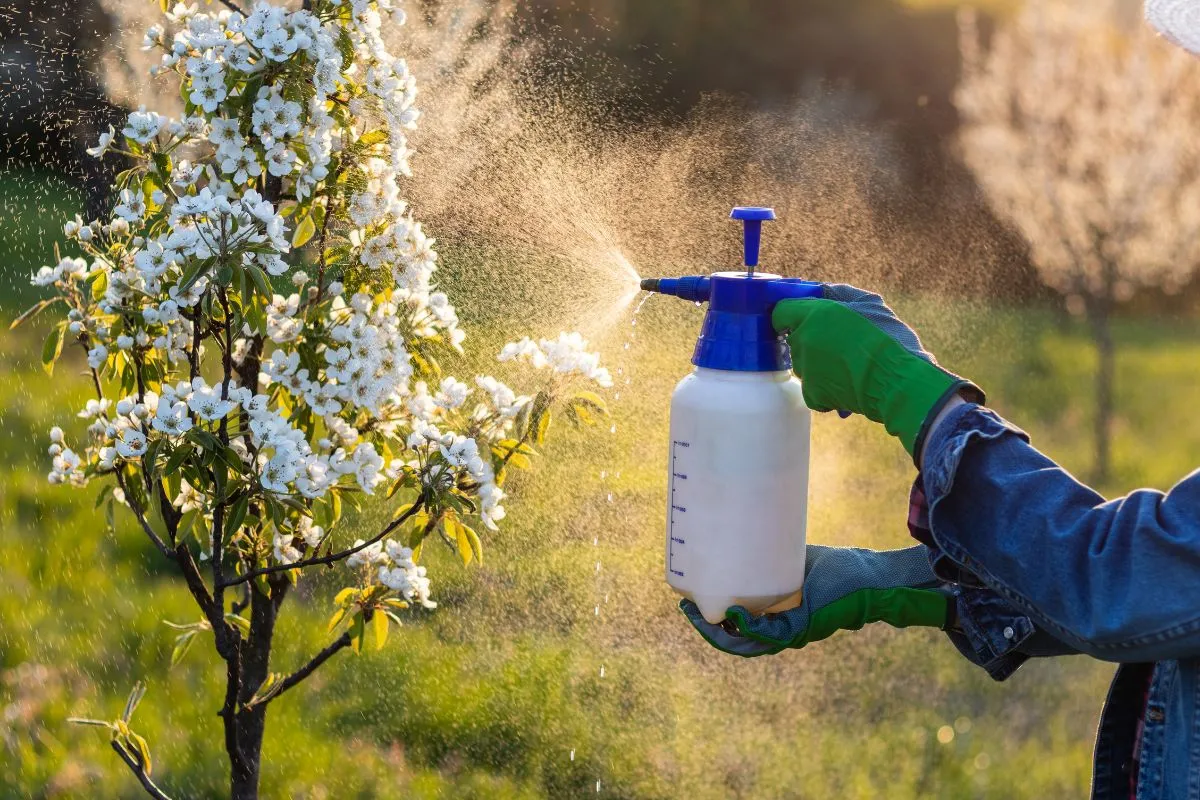Sprucing up your garden in no time at all doesn’t need to be difficult if you take the time to outline exactly what needs to be done and plan your work.
Begin by inspecting for obvious flaws such as dead limbs, tall weeds or broken patio stones that need repair. Addressing these areas first will have a greater impact.
Choose Plants Wisely
Selecting plants that will thrive in your soil and climate while being low maintenance require few chemicals, pesticides and diseases are an invaluable asset in creating an easy-care landscape. Select plants which will thrive with little upkeep needed as well as the ability to resist any threats like insects.
Before making selections in your yard, carefully assess sunlight levels, soil pH levels, nutrient requirements and available water. Plants requiring full sun or shade conditions as well as specific soil types might need extra watering; to minimize care needs it’s wiser to choose drought tolerant or low water use plants that only need occasional irrigation during their first two or five years of growth.
Canna lilies are among the hardiest drought-tolerant flowers, providing instant drama to any garden without much care required of you. Popular choices also include ground-covering perennials like Bergenia, Geranium and Periwinkle as well as miscanthus or Carex grasses which only need cutting once or twice each year.
Plan Your Layout
As a busy homeowner with competing priorities on your time, establishing a low-maintenance garden will make life much simpler. Instead of spending your free time tending to lawn maintenance and weeding duties, your time could be better spent enjoying your property rather than worrying over its maintenance needs.
As you create your garden layout, keep in mind the areas requiring the most maintenance. Bring them closer to where you spend most of your time; for instance, locate your vegetable patch near the tool shed or your water feature so they’re easier to reach – this will greatly decrease time spent moving things around or carrying heavy loads around the garden.
Reduce time spent gardening by keeping only key varieties. Focusing on those few plants allows you to quickly identify any needed care for keeping them healthy.
Avoid Excessive Variety
An attractive low-maintenance garden should be pleasing to the eye and require minimal care and upkeep in order to look its best. By selecting appropriate plants and adopting good cultural practices, your garden should thrive for many years ahead.
John Gourville of Harvard Business School suggests in a new study that offering too many choices may not be in customers’ best interests. According to this research, offering too many choices may actually result in “choice deferral”, where consumers who feel overwhelmed by options are less likely to purchase and this leads to lost sales. Successful companies in this arena tend to understand their customers’ needs well enough that their products meet them; success lies with offering top quality at fair pricing in product packages that deliver pleasant consumer experiences no matter how large or small the order size; remembering that “customers always right!”
Keep It Simple
Designing a low-maintenance garden for busy homeowners requires keeping things straightforward. Selecting plants that require minimal upkeep is the key to saving time and ensuring you can enjoy your garden without the hassles of weeds, pests, or excess watering.
One effective strategy for doing this is by selecting trees, shrubs and perennials that will flourish without constant attention from you. Such plants will be better at adapting to their soil and climate than those needing ongoing upkeep.
Hedgerows can make for stunning focal points when filled with hardy grasses and wildflowers, making them one of the easiest plants to care for. If you want even easier maintenance, choose slow-growing species such as holly that only require light pruning once in awhile.




